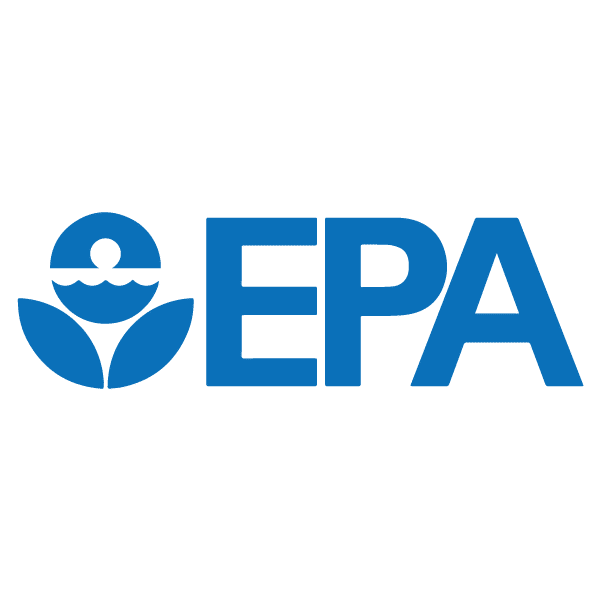Situation Overview
COVID-19, the disease caused by SARS-CoV-2 (Coronavirus) has taken over the world-wide conversation. While there is currently no evidence that the virus represents a food safety or animal welfare threat, animal producers and food industry companies such as manufacturers, foodservice operators, retail stores and animal producers are taking necessary steps to protect their facilities and employee health.
Implementing a robust disinfection program for both production and common areas such as the break room, restroom or offices, provides another layer of protection to help safeguard essential workers and reduce cross-contamination.
Please refer to the CDC website at https://www.cdc.gov/coronavirus/2019-ncov/ para obtener información adicional sobre el brote.
Read more information on disinfecting common areas.
 Refer to EPA List N for a comprehensive list of disinfectants approved for use against SARS-CoV-2. This list identifies all products that meet EPA’s Emerging Viral Pathogen criteria for SARS-CoV-2 and includes
Refer to EPA List N for a comprehensive list of disinfectants approved for use against SARS-CoV-2. This list identifies all products that meet EPA’s Emerging Viral Pathogen criteria for SARS-CoV-2 and includes